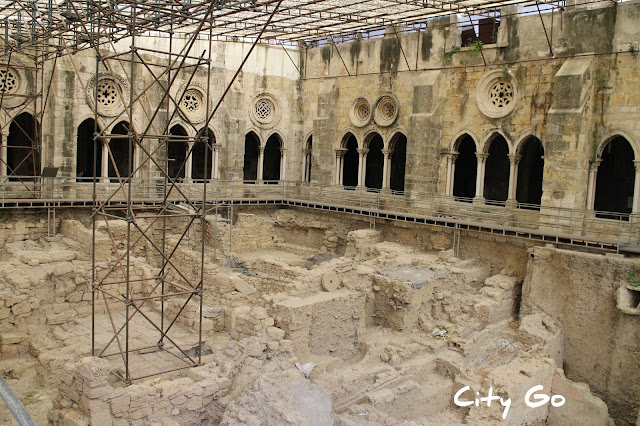Mdina, Malta
Mdina is known as the "Noble City" or the "Silent City" and is the former capital of Malta. It was founded by the Phoenicians in the 8th century BC due to its strategic position on a hilltop, far from the sea. It was at this time that the first city walls were built.
A few centuries later it was occupied by the Romans and, according to tradition, it was during this period, in 60 AD, that Paul the Apostle was shipwrecked on the island and the Maltese people converted to Christianity. However, the first evidence of Christianity in the island dates from the 4th century.
Malta was besieged by the Arabs in the 9th century, who looted the city and killed most of its inhabitants. Mdina remained almost uninhabited until the 11th century when a community of Arabs moved to the island and built the city of Mdina (and nearby Rabat) on top of Roman Melita's remains.
The city later surrendered peacefully to Christian forces after a short siege and remained the capital of Malta throughout the Middle Ages, until the arrival of the Order of Saint John, in 1530. In 1593 the city was partially destroyed by an earthquake.
It was only in the 18th century, under the Portuguese Grand Master Antonio Manoel de Vilhena, that the city was restored and renovated. During this renovation, the Pallazzo Vilhena was built.
What to see:
Museum of Roman Antiquities
Saint Paul's Cathedral
Saint Paul's Grotto
Walls
What to see:
Museum of Roman Antiquities
Saint Paul's Cathedral
Saint Paul's Grotto
Walls
How to go: You can take buses 51, 52 and 53 from Valletta or buses 202 from Sliema/ St. Julians to reach Mdina. For more information on Malta public buses: Malta Buses
Back to Malta















Comments
Post a Comment